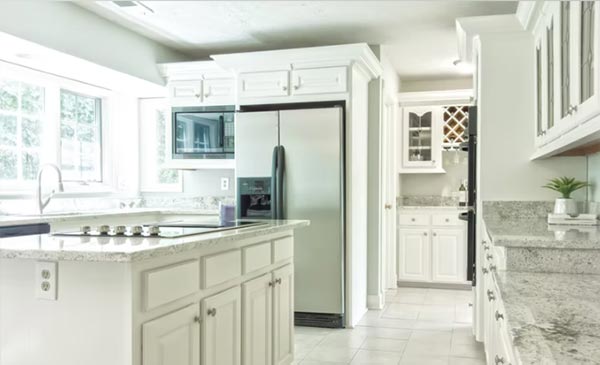
Find out how to be more sustainable around the home with our latest expert guide…
Dispose Of Hygienic Products Properly
To kickstart our blog on how to improve sustainability practices at home is to dispose of your hygiene products appropriately. What we mean by this is make sure you put your facial tissues in a disposable bin and check that your wet ones can be flushed down the toilet. Putting too many wet wipes down the toilet can leave your drainage system to be clogged and can cause major blockages in the sewer system – not ideal for your neighbouring community or for any sustainability practices.
On the topic of toilet paper, according to ‘TPH’, the average person uses 100 rolls in a year however, consumers should consider using bamboo toilet paper which is more eco-friendly and a sustainable way of living. Bamboo grows 39 inches within a 24 hour period making them a better option compared to regular toilet paper.
Incorporating Solar Panels
Incorporating solar panels on the roof of your home is one of the best ways of being sustainable in your home settings. Solar energy relies entirely on gathering energy from the sun and converting it into electricity. Using it means that you are not producing any greenhouse gases or contributing to global warming and can reduce the carbon footprint of your home by 80% in a single year.
Use Green Plantations At Home – Air Quality
A neat and easily affordable way of being sustainable is to add a bit of greenery in your home. Plants have this amazing little function whereby they can absorb carbon dioxide and release oxygen back to the earth’s atmosphere from their leaves. They are also inexpensive which is perfect for those on a home renovation budget and offer great colour palettes to your home. Examples of ideal indoor plants to grow in your home are:
- Pothos
- Peace lily
- Spider plant
- English ivy
- Bamboo Plants
- String of pearls
- Rubber tree
- Philodendron
- Asparagus fern

Make Use Of Natural Light
Natural lighting is an important practice for those trying to achieve their sustainability targets. The generation of electricity is one of the largest contributors of pollution which produces harmful chemicals such as sulfur dioxide, carbon and mercury emissions. Production of electric power can also be linked with other environmental issues such as negative impacts on water quality. Therefore, reduction in the use of artificial lighting is vital.

There are many ways in which you can obtain natural lighting. One of which is specific window orientation to maximise the benefits of day time lighting. By assessing the structure of your house, you can judge when the light will beam through your window making you have less of a need for artificial lighting. Not to mention that natural sunlight is healthy by providing vitamin D, helps people sleep which reduces putting on night lights through the evening while also being renewable and totally free.
Recycle
The last way in which you can improve your home sustainability is fairly obvious and well documented. Recycle! Recycling allows you to reuse old products that are no longer needed, to then be turned into usable materials again.

Some of the reason why you should recycle is that:
It saves time and money
For example, If you’ve had an amazon delivery, keep the boxes and use them to store your christmas decorations or equally, use them to store old textbooks that you no longer have a need for. By doing this, you are saving time and money by not having to browse the internet and purchase a new storage container for the items you have bought. A win-win for everyone!
It’s Beneficial For The Younger Generation
If you want your children to grow up to be responsible towards nature and the environment, you need to educate them on how to recycle. By telling your children about different waste bins, you will help your home and the planet become more sustainable. Remember that there are 4 types of bins:
- General waste
- Recycling paper and cardboard
- Cans and bottles
- Recyclable food and garden waste
Failure to adhere to putting items in the correct bins can actually cause more damage to your home and environment than you may think. Items can become contaminated with pesticides which may need special sprays to dispose of them – which is harmful to the landscape. Furthermore, if a glass bottle is placed in the garden waste bin, this creates another trip at the recycling facility who have to make sure it is sent to the correct place which could increase pollution from transport vehicles.
It Helps The Environment
Recycling helps the environment as it reduces the need to create raw materials from scratch. This in turn lessens the harmful damage being done to our natural world such as fewer forests cut down, rivers diverted, wild animals harmed and less pollution of water and air. When applying this to your home context, if you have more trees in your home and surrounding area, you increase the amount of clean air around your house which can promote the growth of your indoor plants and can reduce pollution in the surrounding vicinity. All of which are ideal sustainable practices.
